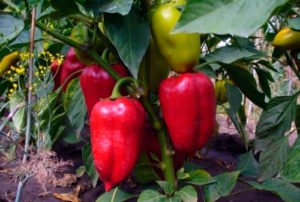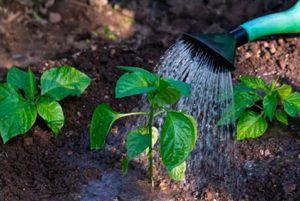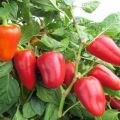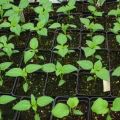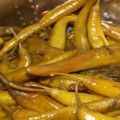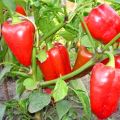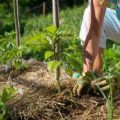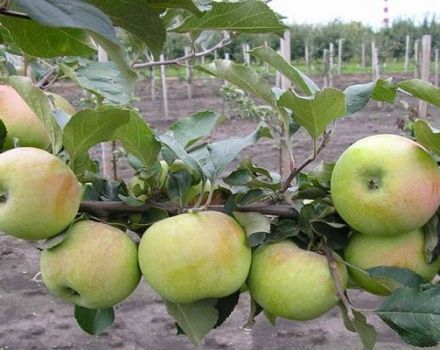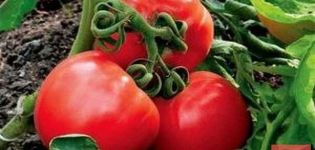Growing pepper in a greenhouse and open field in the Moscow region
For most gardeners, growing sweet peppers is common. Quite often, people are engaged in the cultivation of pepper in the open field in the suburbs. This region is more suitable for planting vegetables than others, as it has humid summers with optimal temperatures. In the Moscow region, it is recommended to plant mid-season or early varieties, since they take root here better than other types of pepper.
Before growing pepper seedlings for the Moscow region, it is recommended to determine the most suitable varieties and familiarize yourself with how to plant peppers correctly.
Popular varieties
The climatic conditions of the Moscow region are suitable for growing peppers. However, it is still worth growing in this region the most suitable types of this vegetable.
Orange wonder
The orange miracle is an early ripening variety that has time to fully ripen three and a half months after planting peppers in open ground. The height of the bush can be up to one meter. However, when grown in greenhouse conditions, it can grow up to one and a half meters. It is recommended that young bushes be immediately tied to reliable supports so that in the future the plant does not break due to the load from the fruits or strong winds.
In the process of growing on the bushes, orange cuboid fruits appear. They are quite large and weigh about 300 grams. The fruits have excellent taste, which is why they are often used in cooking to prepare all kinds of vegetable dishes.
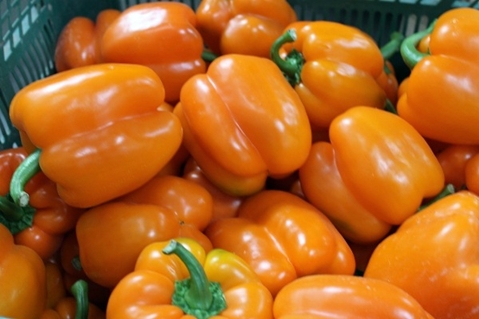
Buratino
Pinocchio is a versatile pepper, as it can be grown in a polycarbonate greenhouse and outdoors. The hybrid belongs to early peppers, since the technical ripeness occurs within 75-90 days after transplanting the seedlings.
The bush of the plant is quite rare, but high - 100-120 cm. During cultivation, it is recommended to pinch the bushes so that there are no unnecessary shoots. If you abandon pinching, then the fruits will not be very large.
Ripe peppers are cone-shaped and colored bright red. Their size is 15 x 5 cm, and their weight is 90-130 grams. After harvesting, the Buratino fruits can be stored for several months. This is why they can be transported over long distances without any problems. Most often, Pinocchio is grown to create preserves for the winter.

Atlantic
Atlantik are great for greenhouses and well-lit areas. However, it is not recommended for residents of the northern regions to grow this variety, as it does not cope well with low temperatures.
This hybrid differs from the rest in its yield and tall bushes. The height of the grown plant reaches one and a half meters.When grown outdoors, this tall variety of peppers is recommended to be tied up to prevent the wind from knocking down the bushes.
This variety has very large fruits, the length of which can reach 20 cm and the diameter is 15 cm.The average weight is 100 grams, but in greenhouses the peppers can weigh a little more. Atlantic can also boast of its taste. The fruit has a juicy and thick flesh with a very fresh aroma. Peppers are used during the preparation of preparations for the winter and fresh vegetable salads.

Swallow
Many vegetable growers grow Swallow on their plots. This variety has many advantages, which include ease of cultivation and high yield. Also, this pepper is prized for its excellent resistance to pests and diseases.
Unlike other varieties, the Swallow is mid-season, as it ripens only 120 days after planting. Pepper bushes are not very tall and grow only up to 60 cm, so it is not necessary to tie them up. However, some people still prefer to tie them to supports for safety reasons.
Swallows fruits have a conical shape. They are about 10 cm long and weigh 120 grams. At first they are colored light green, but after ripening, their skin turns bright red. Most often they are used to create winter preserves and prepare dishes from vegetables.
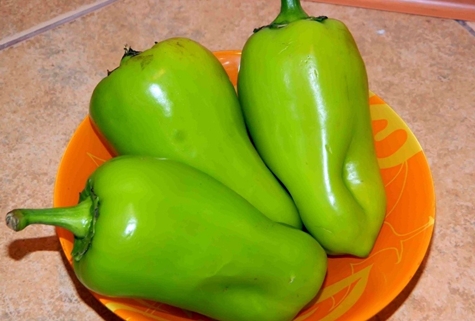
Planting seeds
Before you start planting, you need to decide when to plant peppers for growing seedlings. Planting pepper should be done in February or early March. However, if it is planned that the cultivation of pepper in the greenhouse will be carried out, then you can plant the seeds earlier.
Seed preparation
Before you start growing seedlings, you should start preparing the seed. First, calibration is carried out, which is needed in order to select the highest quality seed for planting. To do this, it is necessary to spread all the seeds in a row on a flat surface so that too small seeds can be sifted out. After that, you need to get rid of empty seeds that will not germinate. For such a calibration, you will have to prepare a saline solution consisting of a liter of water and 40 grams of salt. All selected seeds are placed in the prepared mixture and soaked in it for 5-7 minutes.
Over time, empty seeds will begin to float to the surface that do not need to be planted.
Having selected the highest quality planting material, you can begin to disinfect it. To do this, all the seeds will have to be soaked in a weak manganese solution. The procedure should be carried out within half an hour, after which the seeds are removed from the container and washed with cool water.
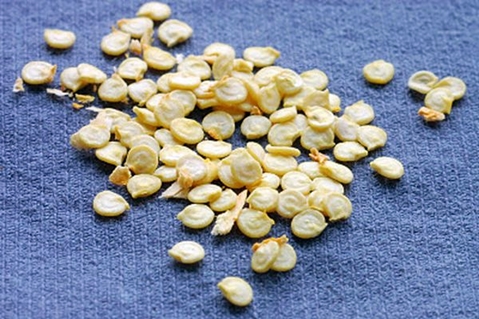
You can also disinfect peppers with phytosporin. To prepare the solution, you need to mix two drops of the drug with a liter of water. In such a mixture, the seeds should be soaked for 30-40 minutes.
Soil preparation
Before planting peppers, you need to prepare the soil. In many respects, the growth rate of young seedlings depends on it. Some growers buy ready-made soil mixture in stores, but still most prefer to make it themselves. For growing seedlings, it is recommended to use loose soils that absorb moisture better than others.
To create a soil mixture, it is necessary to mix the soil with peat, humus and turf ash. You can also add a small amount of sand if desired. In some cases, for better germination of seedlings, mineral fertilizing is added to the ground. To do this, add 10 grams of potassium salt, several grams of ammonium nitrate and superphosphate to a kilogram of soil.
A fairly common problem is the rapid evaporation of moisture from the soil.So that the water does not evaporate so quickly, a hydrogel should be added to the soil, with which you can keep moisture in the ground.
Planting
For planting pepper seeds, it is recommended to use small boxes in which you can grow several bushes at once. First, each container must be filled with the previously prepared soil mixture. At the same time, you should not fill them to the very top. It is recommended to leave a few centimeters on top.
When all the boxes are filled with soil, you can start creating holes. They should not be too deep so that the first shoots can appear faster. The depth of each hole should be about 1-2 cm, and the distance between them should be 4 cm. After all the seeds are planted, the holes should be sprinkled with earth and watered. Then they are covered with foil and transferred to a warm room.
Planting seedlings
It is necessary to transplant young seedlings into the soil at the end of spring, when the soil has time to warm up well. If it will be grown in a greenhouse, then it can be transplanted several months earlier.
Site selection for pepper
The location of the site where the pepper will be planted determines the quality and quantity of the harvested crop. It is recommended to grow the vegetable in an area that is well lit and warmed by the sun. You also need to pay attention to the soil of the site. Pepper will not grow in sandy or clayey soil.
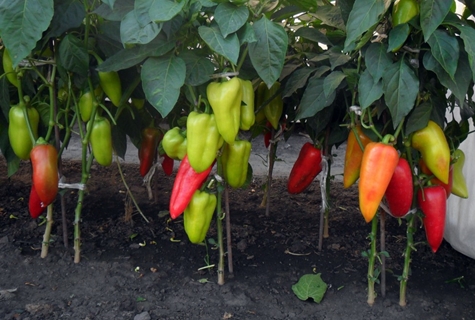
Do not forget about crop rotation, as peppers can grow poorly after some plants. It is not recommended to plant them in areas where potatoes, onions, zucchini, tomatoes or legumes previously grew.
Soil preparation
Before you start planting, you need to analyze the soil to find out how much fertilizer should be added to it. If the soil is not too poor, then you should not add a large amount of dressing to it. An excess of nutrients can lead to the fact that many leaves and stems begin to appear on the bushes, which negatively affects the number and size of the fruit.
It is necessary to add top dressing to the soil at the beginning of autumn. In this case, it is recommended to feed the soil not only with mineral, but also with organic fertilizers. In autumn, the site must be fertilized with non-acidic peat and compost. For one square meter, 8-10 kg of fertilizer will be enough. Also, in the fall, you need to dig up the site. This procedure is recommended to be carried out before fertilizing the soil.
In the spring, the site is fertilized with mineral components. A few weeks before planting, it is worth adding potassium, superphosphate and urea to the soil. You can also add some nitrogen if there is too little nitrogen in the soil.
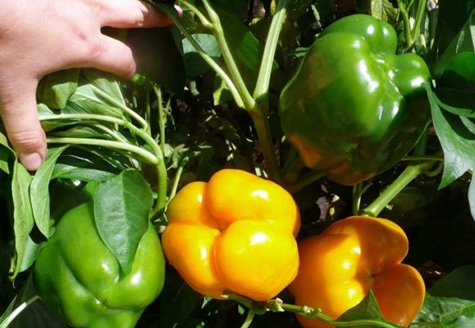
Landing
It is recommended to plant seedlings in the soil on cloudy days or in the evening. To begin with, you should mark out all the beds on the site and make holes. When planting low-growing varieties, the distance between each hole should be about 30 cm. For tall bushes, the distance increases to 60 cm. The depth of the hole should correspond to the size of the seedling roots and should not be too large. It will be enough to make a hole 8-12 cm deep.
Before planting seedlings in the ground, the site should be shed with water and sprayed with a solution from pests. It is not recommended to plant the pepper too deep so as not to cover the root collar with earth. If it is covered, then in the future the plant may become infected with a black leg. When all the peppers are placed in the ground, they will need to be sprinkled with earth and covered with foil.
Conclusion
Planting seedlings in the suburbs is not so difficult. To do this, it is enough to inspect the best varieties of sweet peppers for the Moscow region and reviews of gardeners who have been growing pepper for several years.
